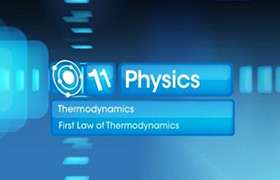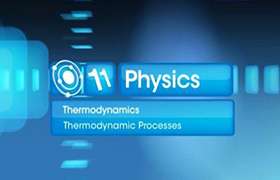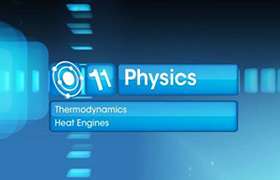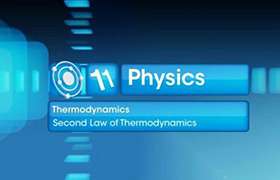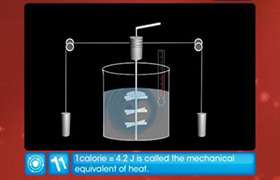CBSE Class 11-science Answered
What is the difference between isothermal and adiabatic expansion in terms of change in heat,change in internal energy,work done,change in volume,pressure and temperature.
Asked by Malik Tariq Ul Islam | 13 Feb, 2011, 09:24: PM
Dear student,
1. Heat: Adiabatic expansion is an increase in volume while pressure is maintained constant. When this occurs, temperature also increases.
Isothermal expansion is an increase in volume while temperature is maintained constant. When this occurs, pressure decreases.
Isothermal expansion is an increase in volume while temperature is maintained constant. When this occurs, pressure decreases.
Answered by | 14 Feb, 2011, 03:18: PM
Concept Videos
CBSE 11-science - Physics
Asked by shubham23302007 | 23 Jan, 2024, 10:24: PM
CBSE 11-science - Physics
Asked by s3043632 | 22 Jan, 2023, 06:45: PM
CBSE 11-science - Physics
Asked by juzarsiddhapurwala | 07 Mar, 2021, 10:08: PM
CBSE 11-science - Physics
Asked by bbabichowdary | 02 Sep, 2020, 01:25: PM
CBSE 11-science - Physics
Asked by rajualpine16 | 19 Aug, 2020, 07:42: AM
CBSE 11-science - Physics
Asked by hazim.mohaamad2003 | 02 Mar, 2019, 12:10: PM
CBSE 11-science - Physics
Asked by abhishekmishra1031 | 12 Feb, 2019, 03:10: PM
CBSE 11-science - Physics
Asked by govtsecschoolnayaganv051 | 14 Dec, 2018, 07:19: PM
CBSE 11-science - Physics
Asked by Topperlearning User | 04 Jun, 2014, 01:23: PM

